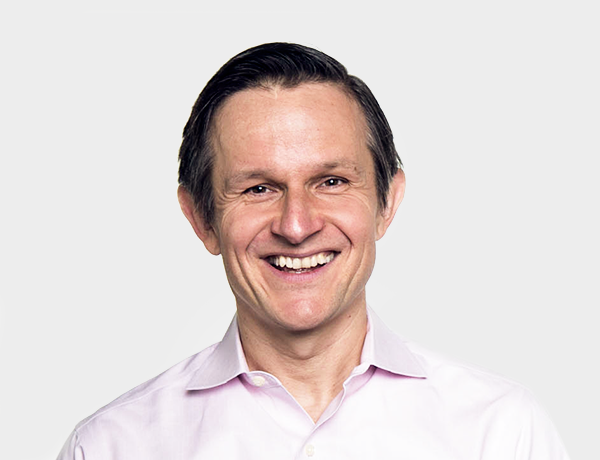Reliable revenue
In the news release, James Gorman, the chairman and CEO of Morgan Stanley, said the acquisition of E-Trade represents a growth opportunity for the bank’s wealth-management business. He said the decision continues the bank’s decades-long transition toward a “balance sheet light business mix” that emphasizes durable revenue sources.
“The combination adds an iconic brand in the direct-to-consumer channel to our leading advisor-driven model,” Gorman said in the new release.
David Poole, the head of the Financial Services Center of Excellence at Publicis Sapient, asked why Morgan Stanley would buy a brokerage that does not charge for trades. Though the price tag for E-Trade is far less than it would have cost last year when customers still paid for trading, he continued, the numbers do not add up in isolation.
“Yet E-Trade becomes interesting as a way to help Morgan Stanley diversify into a one-stop-shop and a digital platform business, similar to Goldman Sachs’ strategy. When you look at Morgan Stanley’s turnaround since the crisis, it is extraordinary. Now E-Trade can help further accelerate its digital business transformation, not just with cheap deposits ($56 billion) and five million retail customers, but new revenue streams that would have taken years for Morgan Stanley to build on their own.”
To build or not to build, that is the question
Morgan Stanley did not just purchase a single service or platform. They bought out a contender that had become synonymous with the space they sought to seize. Even a legacy financial institution such as Morgan Stanley might have trouble making inroads with E-Trade and its name-recognition and reputation in the way.
However, this merger is a particular case with specific benefits. In other situations, even with enough money, it may not be worth it to acquire another company in such a fashion.
If one is looking at a generic service – a networking site, a marketplace aggregator, etc. – that is not patented or part of another company’s intellectual property then anyone can create their own version. If it is within your legal rights, you might want to consider this option.
Banking is changing quickly for corporate and personal finance. Banks will be irrelevant in the near-future if they do not digitize and personalize their offerings.
This comes with its own array of problems – not least of which is a deficit of skilled developers. Many banks are struggling to attract specialized talent who have their eyes set on Silicon Valley rather than Wall Street. In these cases, legacy financial institutions could team up with a digital transformation partner to develop innovative platforms that can highlight and scale their products and services.
The path forward
When faced with this dilemma, legacy financial institutions essentially have four options:
- fall behind slowly into obsolescence
- buy innovative companies
- innovate on their own
- partner with innovation experts.
The first option is obviously unacceptable, so let’s explore the following three.
In order to decide whether to buy another company, banks need to ask whether the potential acquisition carries brand power that transcends the technology or service itself.
Banks also need to ask whether the money spent purchasing the brand could be better allocated elsewhere, namely developing an alternative. It is important to take stock of staff talent to see if there is bandwidth and aptitude for building a strong-enough product to go head-to-head with a popular, incumbent service. This is not easy to do.
Sometimes neither buying nor developing is feasible. This is where it may come in handy to see the business as existing in an ecosystem. As Matthew Locsin, head of innovation of Publicis Sapient, pointed out in his article “Why Ecosystems Matter”:
“Business ecosystems are becoming more important, not less. It is a profound shift. The explosive impacts are playing out today in many industries, at different speeds and in different ways.”
Financial institutions might want to consider joining forces with a partner that can fuse customer experience, strategy and consulting and technology and engineering to drive digital business transformation. These relationships are deeply collaborative and accelerate effectiveness.











